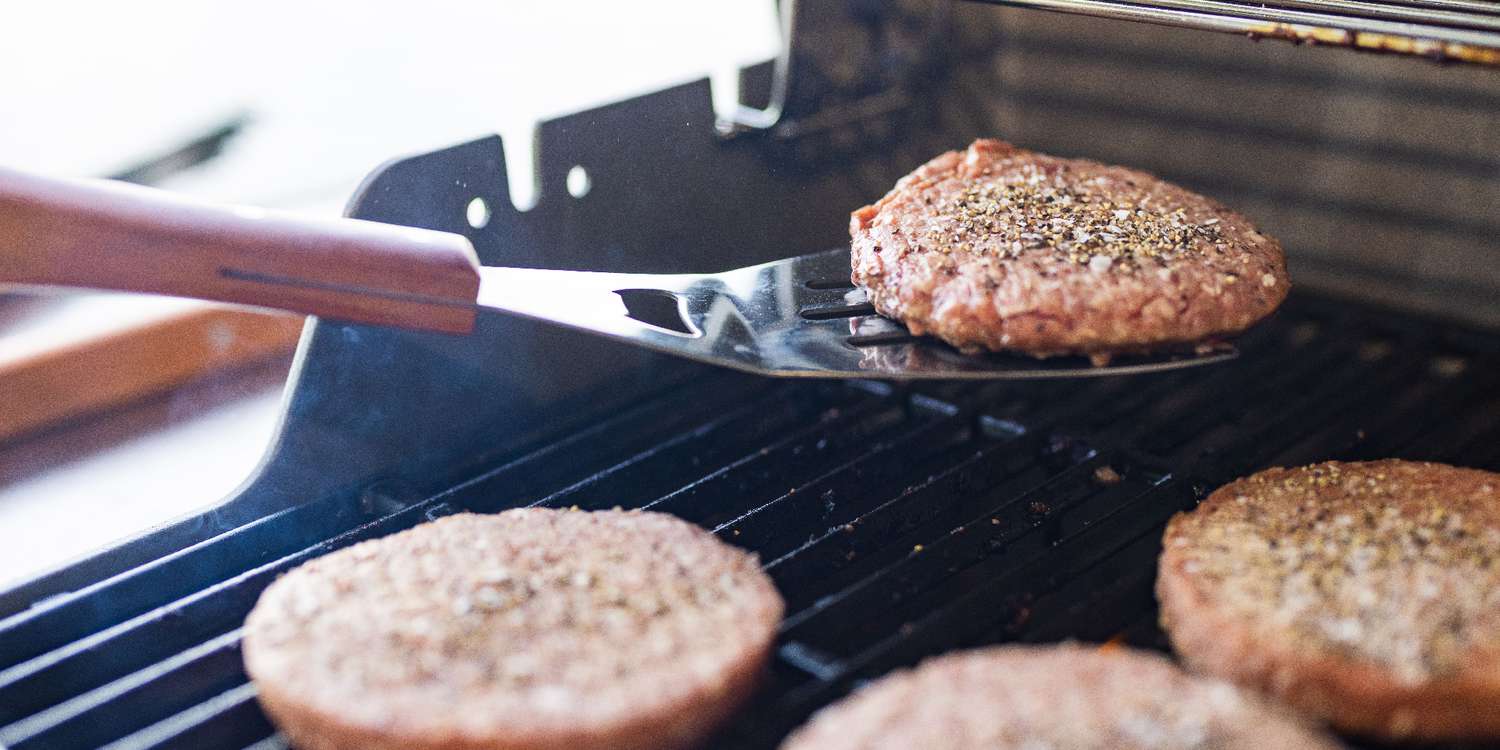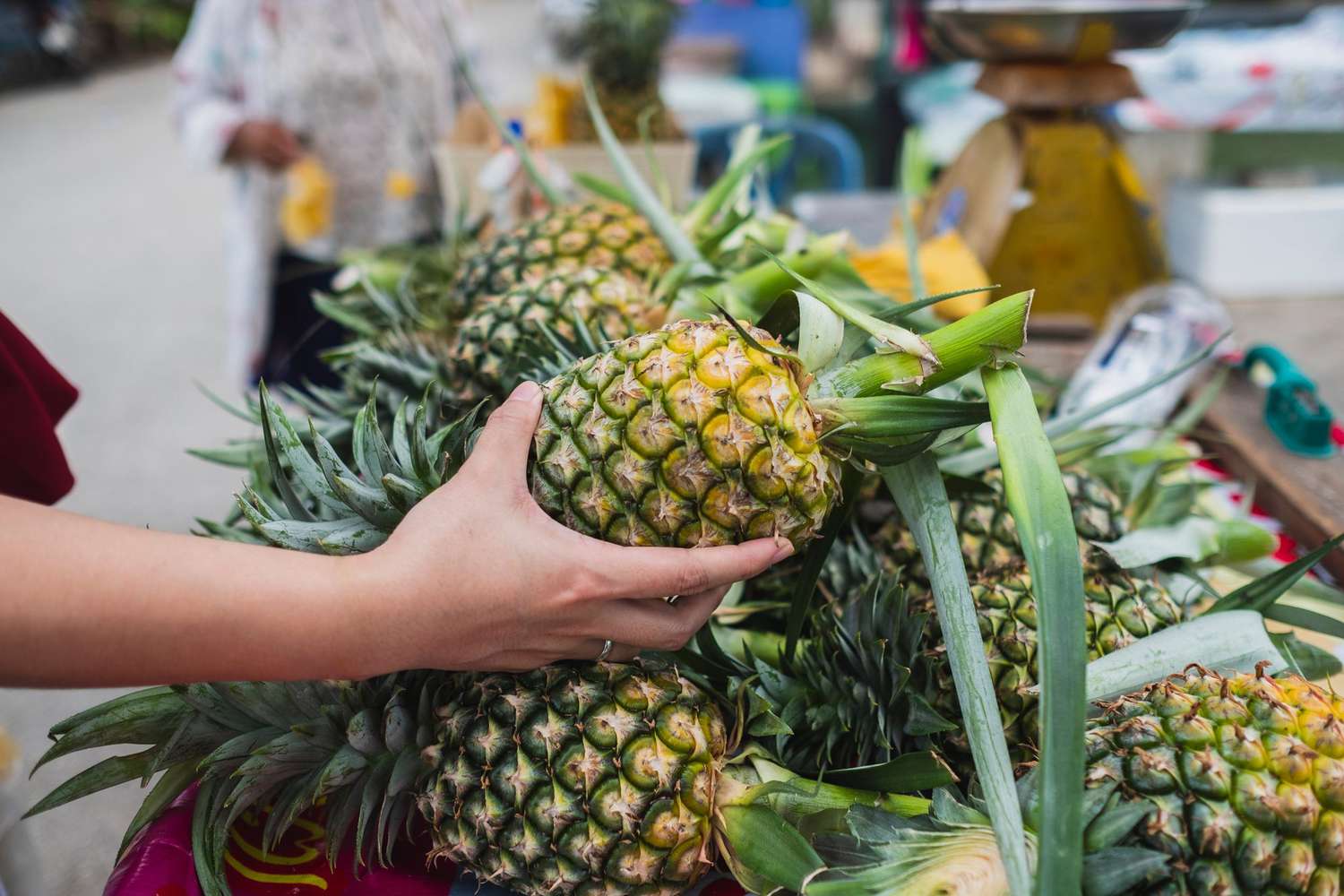Here at the Allrecipes Test Kitchen, we always have parchment paper (aka baking paper or baking parchment) close at hand. Unlike its nonstick cousin wax paper, which is not designed to go into the oven and cannot be recycled, parchment paper is heat-resistant up to 425 degrees F and can be recycled. In some cases, depending on the brand and exact product formula, parchment paper can be composted, too.
We swear by parchment for everything from cooking en papillote, serving as DIY muffin liners, lining baking sheets to prevent sticking and make clean-up much easier, catching drips during holiday cookie decorating sessions, flexing as a funnel when we can’t find ours (in an in-need-of-organizing equipment drawer), and more.
There are certain uses for parchment paper that we’re a bit more on the fence about, however.

Adobe Stock
How and Why Are People Using Parchment Paper in Skillets?
Case in point: using parchment paper in an air fryer. If trimmed to fit properly and used at temperatures under the maximum heat level recommended for your particular parchment paper product, it should be fine to use in most air fryers—just keep a close eye on the food as it cooks.
On a similar note, many home cooks and recipe developers are sharing cooking hacks on social media or blogs about using squares of parchment paper on the surface of skillets to:
- Fry eggs
- Sear seafood
- Cook hash browns
- Help create the crunchy exterior of tahdig
- Reheat pizza
- Crisp up Parmesan for crunchy chip-like creations
The concept of frying in parchment paper has been swirling around professional kitchens for at least a decade when chefs turned to the paper—which scores its nonstick surface by way of a food-safe silicone coating—in an attempt to make sometimes-sticky skillets more nonstick and easier to clean. Since certain social media stars with large followings started testing out the process on Instagram and TikTok circa spring 2023, the tag “crispy salmon parchment paper” alone has exploded to have more than 119.8 million views just on TikTok.
According to food TV host, chef, and culinary expert Andrew Zimmern, who chimed in on cookbook author J. Kenji López-Alt’s Instagram post on the topic, “I saw [French chef and restaurateur] Roger Vergé do it and then 15 years later I saw it (3 weeks ago) on IG. And apparently, Vergé wasn’t the first…I assume it has roots in equipment transitions in [the] 50s/60s and cooks seeing what paper did over in the pastry dept.”
This parchment paper skillet hack basically imitates a silicone baking mat, just in a more budget-friendly, disposable format that can be trimmed to fit a pan. Most cooks who have experimented with this call for adding oil to the pan, topping that with a trimmed portion of parchment, flipping over that paper to coat it on both sides, then adding the item you’re planning to cook.
Related: Simple Kitchen and Food Safety Tips for the Home Cook
Is It Safe to Use Parchment Paper in Skillets?
Some serious safety risks arise if you don’t trim the parchment properly. Any overhang could catch fire if you happen to have a gas range. Regardless of the heat source for your stovetop, if the parchment gets too dry and chars—like you may have seen the edges do when roasting vegetables, for example—flakes can break off and make their way into your food. And lastly, the “high” setting of most stovetops is around 450°F, which may be higher than the safe upper limit recommended by your parchment’s manufacturer.
That latter factor is the main red flag for culinary school graduate Meggan Hill, executive chef and CEO of Culinary Hill.
“Parchment paper will be rated for safe usage up to a certain temperature. Of course, parchment is coated with silicone, but still, each kind will have a specific temperature rating and it’s usually between 420-450°F,” Hill explains. And size matters: “Some smaller pieces, like circles, may be rated as low as 390°F. I’m a rule follower. I read the package of each specific parchment paper to see what they say the temperature range is, and I stick to that.”
This means that if you’re cooking in a skillet over medium, medium-low, or low heat, you’ll probably be fine using parchment. Hill uses it in the oven all the time for any temps under 450°F, but never risks using it on the grill, with the broiler, or in a skillet over high heat because the temperature can exceed 500°F. Proceed at your own risk; if you do decide to try this parchment paper skillet hack, be sure to watch it closely so you can catch it before it combusts (if it does).
Why not start with a nonstick pan? Great question. If you have a ceramic-coated or other nonstick skillet, that can be a terrific alternative for all of the aforementioned culinary tasks. Just be sure to use utensils that are safe to employ on said surface, and stick to the temperature range recommended by the product manufacturer.
The Bottom Line
Some home cooks, restaurant chefs, bloggers, and social media content creators are sharing food hacks for how to use parchment paper for certain stovetop skillet recipes. Before you follow their lead, be sure to read the label for your parchment paper, trim it carefully to fit within your pan’s perimeter, aim to stay below the upper-temperature limit, and keep a close eye on the paper to ensure it doesn’t catch on fire, brown too much, or flake off into your food.
“For me, food and kitchen safety is more important than trends,” Hill says, who plans to steer clear of parchment for her own skillet recipes.
If possible, your safest bet is to follow the same recipe using a skillet that features a surface that’s already nonstick, such as a well-seasoned cast iron pan or a ceramic-coated skillet or pot.




